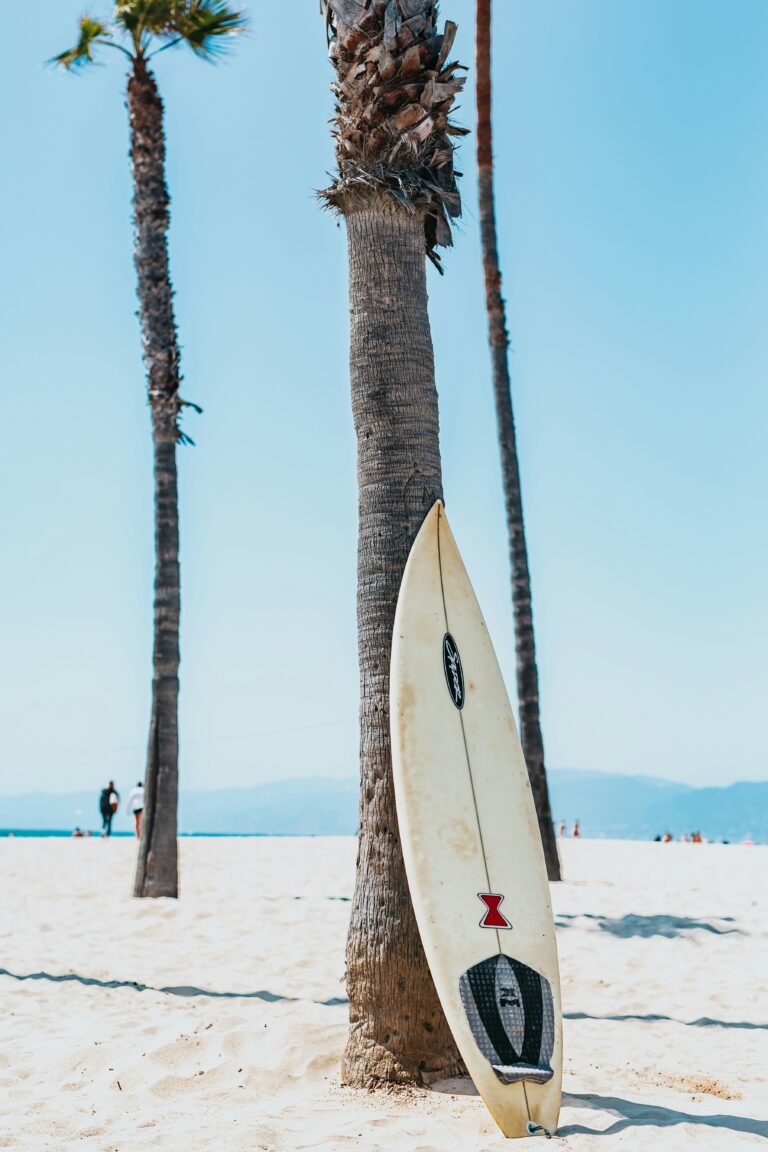Surfing is more than just a sport; it’s a way of life. From the moment surfers catch their first wave, they become part of a global community bonded by their shared passion for riding the waves. This sense of camaraderie extends far beyond the lineup, weaving its way through coastal towns, online forums, and beachside gatherings. In this blog post, we’ll explore how surfing serves as a catalyst for building strong bonds and fostering a sense of belonging among individuals from diverse backgrounds.
Origins and Evolution
Surfing’s Origins
Surfing, as we know it today, traces its origins back to ancient Polynesians who used wooden boards to ride waves for both practical and recreational purposes. This ancient form of wave riding gradually evolved over centuries, shaping into the modern sport we recognize today.
Development of Surfing Culture
Surfing gained significant traction in the 20th century, particularly in Hawaii and California. Influential figures such as Duke Kahanamoku, often hailed as the father of modern surfing, helped popularize the sport internationally. The introduction of lighter materials such as fiberglass revolutionized surfboard design, enhancing maneuverability and performance, further fueling the growth of the surfing subculture.
Evolution of Surfing Equipment
The evolution of surfing equipment has been pivotal in shaping the sport’s development. From traditional wooden boards to the sleek, high-performance designs seen today, advancements in materials and shaping techniques have transformed the surfing experience. Additionally, innovations like the thruster fin setup by Simon Anderson in the 1980s revolutionized board control, allowing surfers to execute more dynamic maneuvers.
Global Spread and Commercialization
Surfing’s popularity transcended borders, spreading to various coastal regions worldwide. This globalization led to the formation of vibrant surfing communities in places as diverse as Australia, Indonesia, Brazil, and South Africa. However, with increased exposure came commercialization, with surf brands, competitions, and media coverage shaping and sometimes commodifying the surfing lifestyle.

Surfing’s Influence on Culture and Lifestyle
A Lifestyle Beyond the Waves
Surfing isn’t just a sport; it’s a way of life for many enthusiasts. The culture surrounding surfing encompasses values of freedom, self-expression, and connection with nature. Surfers often adopt a laid-back attitude, prioritizing experiences over material possessions and embracing a more minimalist lifestyle centered around the ocean.
Fashion and Trends
The surfing subculture has had a significant impact on fashion and trends, influencing everything from casual wear to high-end fashion. Iconic surf brands like Quiksilver and Billabong have become synonymous with surf culture, offering apparel and accessories that reflect the sport’s laid-back ethos. Surfer-inspired fashion, characterized by board shorts, graphic tees, and beachy hairstyles, has permeated mainstream culture, shaping global trends.
Music and Art
Music and art have long been intertwined with surfing culture, serving as outlets for self-expression and creativity. Surf rock bands like The Beach Boys and Dick Dale popularized a distinctive sound characterized by upbeat rhythms and reverb-drenched guitar melodies, synonymous with the carefree spirit of surfing. Additionally, surfing has inspired a diverse array of visual artists, from photographers capturing the beauty of breaking waves to muralists depicting surf scenes on urban walls.
Environmental Awareness
Surfers are often deeply connected to the ocean, fostering a strong sense of environmental stewardship. The threat of pollution, climate change, and habitat destruction has spurred many surfers to become advocates for marine conservation. Surfing events frequently incorporate environmental initiatives, promoting beach cleanups, sustainability practices, and activism aimed at protecting coastal ecosystems. Through these efforts, the surfing community continues to champion the preservation of our oceans for future generations.
The Power of Shared Experience
Connection Through Nature
The power of shared experiences in nature is profound and often transcends language and cultural barriers. Whether it’s hiking through a dense forest, camping under the stars, or surfing on the open ocean, immersing oneself in the natural world fosters a deep sense of connection and camaraderie among individuals. Nature has a way of stripping away distractions, allowing people to be fully present in the moment and appreciate the beauty and wonder of the environment around them. This shared appreciation for nature can strengthen bonds between friends, family members, or even strangers, as they collectively marvel at the sights and sounds of the great outdoors.
Overcoming Challenges Together
Facing challenges together can forge unbreakable bonds between individuals. Whether it’s conquering a difficult hiking trail, navigating treacherous whitewater rapids, or summiting a towering mountain peak, overcoming obstacles as a team cultivates trust, cooperation, and resilience. Shared experiences of triumph and adversity create lasting memories and solidify relationships, as individuals draw strength and support from one another during challenging moments. The sense of accomplishment that comes from tackling challenges together can be incredibly rewarding and leave participants feeling empowered and united. Moreover, these shared experiences can serve as valuable lessons, teaching important life skills such as problem-solving, communication, and perseverance.



